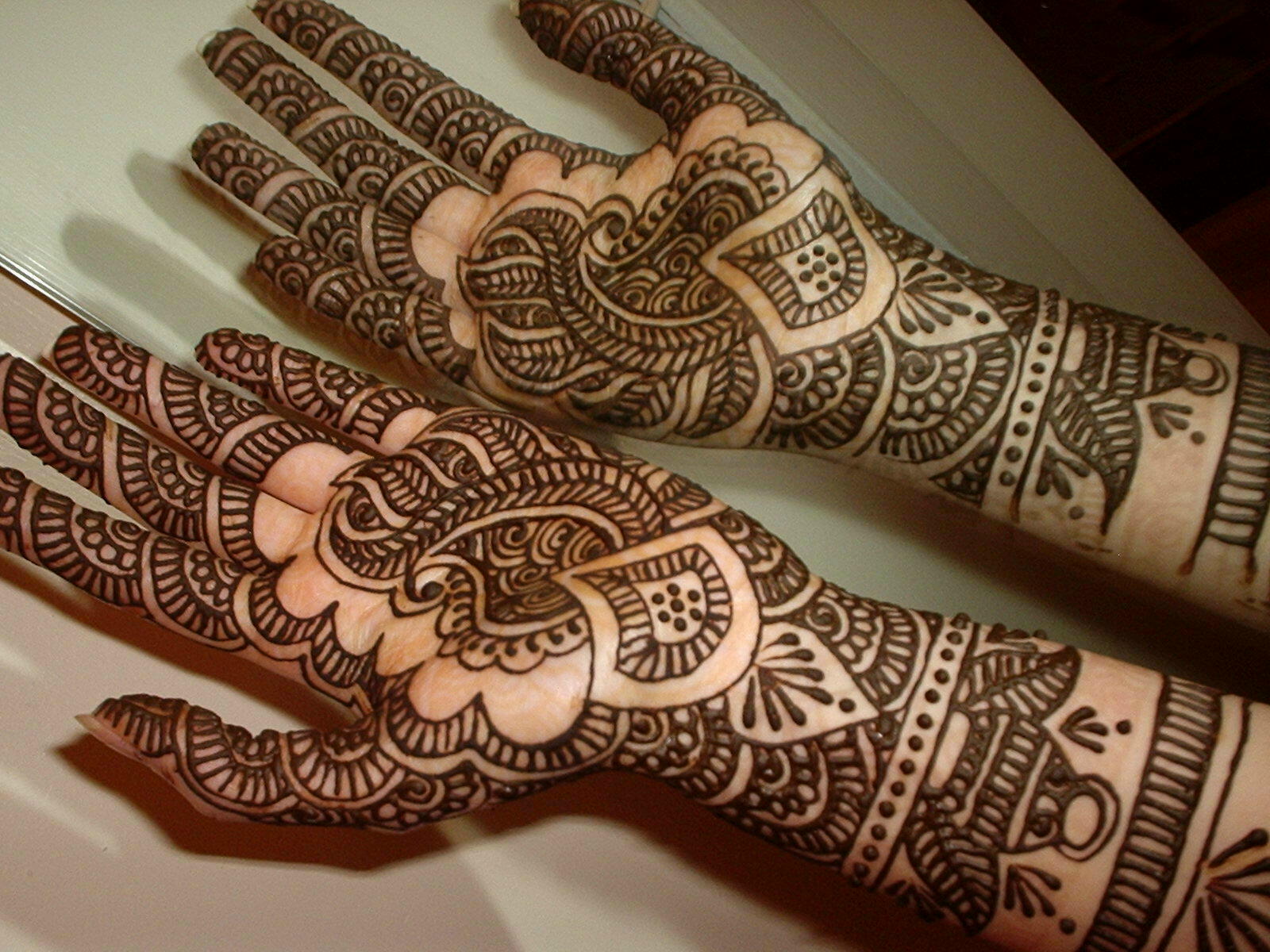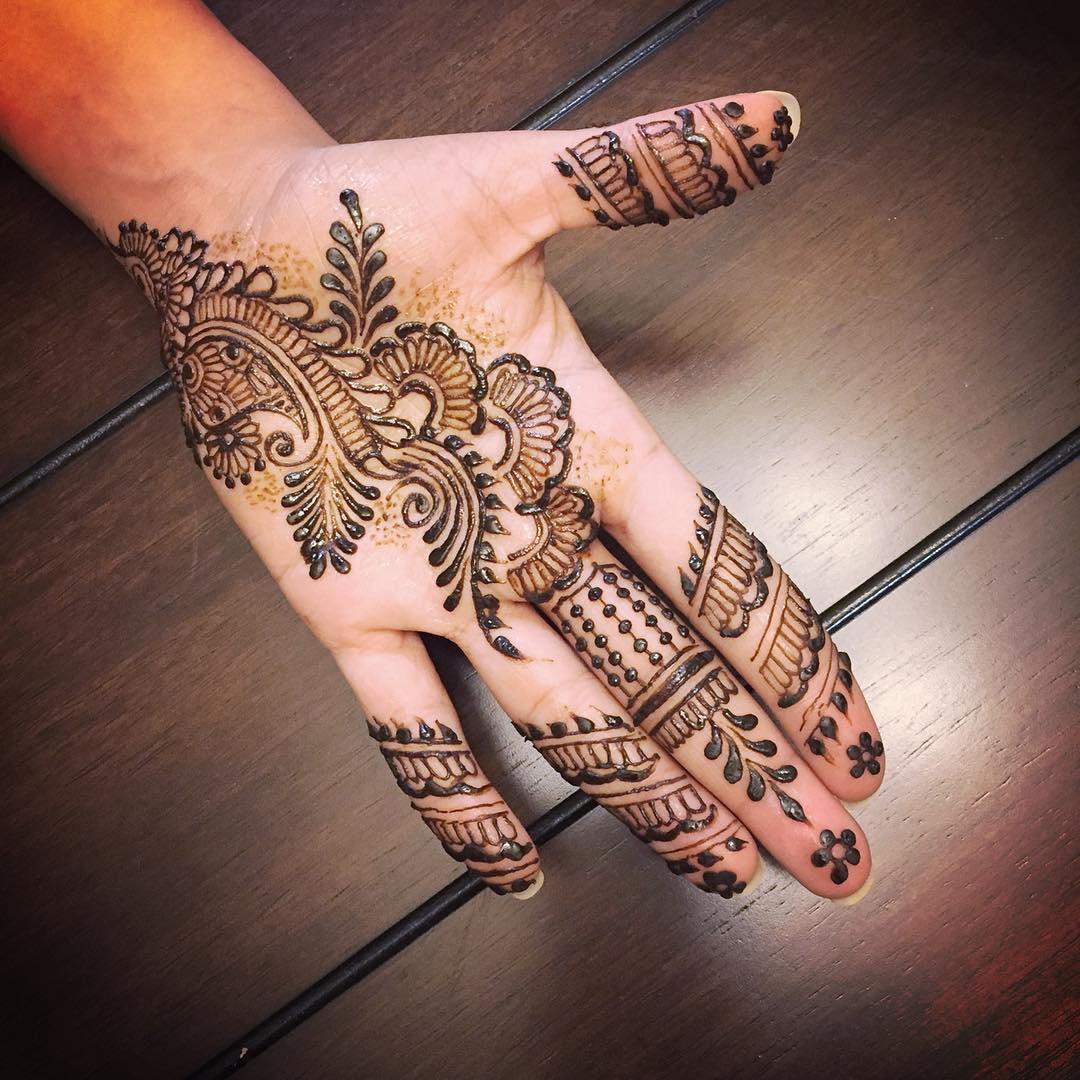Stunning Henna Designs: A Complete Guide To Intricate Body Art
Henna designs have captured the hearts of many across cultures and generations, transforming simple body art into a stunning form of self-expression. This ancient art form, originating from the Middle East and South Asia, has evolved and adapted into various styles and trends, making it a popular choice for special occasions, festivals, and personal adornment. In this comprehensive guide, we will delve into the fascinating world of henna designs, exploring their history, cultural significance, and a wide array of design options that you can choose from.
Throughout this article, we will provide you with detailed insights into different henna styles, tips for application, and the care required to maintain your henna designs. Whether you are a novice wanting to try henna for the first time or an enthusiast looking for new inspiration, this guide will serve as your go-to resource. Get ready to unleash your creativity and learn everything you need to know about henna designs!
As we embark on this journey into the world of henna, let’s discover the rich tapestry of designs that have adorned the bodies of countless individuals. From traditional motifs to modern interpretations, henna art is a celebration of culture and creativity. Join us as we explore the beauty and intricacy of henna designs that will leave you in awe.
Table of Contents
- 1. History of Henna Designs
- 2. Cultural Significance of Henna
- 3. Types of Henna Designs
- 3.1 Traditional Henna Designs
- 3.2 Modern Henna Designs
- 3.3 Bridal Henna Designs
- 3.4 Temporary Henna Designs
- 4. How to Apply Henna
- 5. Aftercare for Henna Designs
- 6. Latest Trends in Henna Designs
- 7. Tips for Choosing the Perfect Henna Design
- 8. Conclusion
1. History of Henna Designs
Henna, derived from the Lawsonia inermis plant, has been used for centuries to create intricate body art. Historically, it was used not only for decorative purposes but also for medicinal and cosmetic applications. The use of henna can be traced back to ancient Egypt, where it was used to dye hair and skin. It also held significance in traditional rituals, symbolizing fertility, prosperity, and good fortune.
As henna spread through trade routes, it was embraced by various cultures, including Indian, Arabic, and African communities. Each culture adapted henna designs to reflect their unique artistic styles and symbolism. For instance, Indian henna often features elaborate patterns and motifs inspired by nature, while Arabic designs tend to be more geometric and symmetrical.
Today, henna designs have transcended cultural boundaries, gaining popularity worldwide. Festivals, weddings, and other celebrations often feature henna applications, allowing individuals to embrace this beautiful art form.
2. Cultural Significance of Henna
Henna holds deep cultural significance in various communities, often associated with rituals and celebrations. In many South Asian cultures, henna is an integral part of wedding ceremonies, where the bride’s hands and feet are adorned with intricate designs that symbolize joy and beauty.
In Middle Eastern cultures, henna is often applied during festive occasions, such as Eid and weddings, as a way to celebrate and bring blessings. The designs can vary, but they all carry the essence of love, happiness, and fertility. Henna is also used to mark important life events, such as childbirth and religious celebrations.
3. Types of Henna Designs
Henna designs can be broadly categorized into several styles, each with its own unique flair. Here, we explore four prominent types of henna designs:
3.1 Traditional Henna Designs
Traditional henna designs are often characterized by intricate patterns that encompass floral motifs, paisleys, and vines. These designs reflect cultural heritage and are typically used during significant events, such as weddings and religious festivals. Some popular traditional motifs include:
- Floral patterns
- Peacock designs
- Geometric shapes
- Intricate lacework
3.2 Modern Henna Designs
Modern henna designs have evolved to incorporate contemporary elements and artistic styles. These designs may blend traditional motifs with new patterns, resulting in unique and innovative compositions. Popular trends in modern henna designs include:
- Minimalistic patterns
- Abstract shapes
- Bold lines and negative space
- Incorporation of symbols and initials
3.3 Bridal Henna Designs
Bridal henna is a significant aspect of wedding celebrations, especially in South Asian cultures. The bride's henna is often more elaborate and detailed compared to other designs. Bridal henna may include:
- Palace and landscape motifs
- Portraits of the bride and groom
- Intricate mandalas
- Personalized symbols representing the couple's love story
3.4 Temporary Henna Designs
Temporary henna designs are a popular choice for those who want to enjoy body art without the commitment of permanent tattoos. These designs are typically created using henna cones or henna pens and can last for a few days. They are perfect for festivals, parties, or casual events. Common temporary henna designs include:
- Simple wristbands
- Small floral accents
- Finger designs
- Small mandalas
4. How to Apply Henna
Applying henna is an art form that requires practice and skill. Here’s a step-by-step guide to help you get started:
- Prepare the henna paste: Make sure to use high-quality henna powder mixed with lemon juice and essential oils to achieve the right consistency.
- Clean the skin: Before application, clean the area where you plan to apply henna to ensure it adheres better.
- Use a cone or applicator: Fill a henna cone or applicator with the paste for precise application.
- Choose your design: Select a design that you want to apply, whether it's a traditional pattern or a modern style.
- Apply the henna: Carefully apply the henna paste onto the skin, following the contours of the design. Start with the outline and then fill in the details.
- Let it dry: Allow the henna to dry completely before touching it. This can take anywhere from 1 to 2 hours.
- Remove the paste: Gently scrape off the dried henna using a blunt object. Avoid washing it off with water for the best results.
5. Aftercare for Henna Designs
Proper aftercare is essential to ensure your henna design lasts as long as possible. Here are some tips for maintaining your henna:
- Avoid water: Keep the henna design away from water for the first 24 hours.
- Moisturize: Apply a natural oil, such as coconut or olive oil, to keep the skin hydrated and the design vibrant.
- Avoid scrubbing: When showering, avoid scrubbing the area with the henna design to prevent fading.
- Protect from sunlight: Excessive sun exposure can cause the henna to fade quickly, so consider covering the design when outdoors.
6. Latest Trends in Henna Designs
Henna designs continue to evolve, with new trends emerging regularly. Here are some of the latest trends in henna art:
- Geometric patterns: Bold lines and shapes are gaining popularity, especially among younger generations.
- Minimalistic designs: Less is more, with simple yet elegant designs becoming a favorite choice.
- Mixed media: Combining henna with other art forms, such as body paint or glitter, to create unique combinations.
- Symbolic designs: Incorporating personal
Pat Connaughton: The Rise Of An NBA Star
Isabella Chambers: The Rising Star In The Fashion Industry
Understanding Hanine: The Rising Star In Contemporary Music

Pakistani Mehandi Designs 2012 Henna Designs 
35 Beautiful Henna Design Ideas Simple Mehndi Design 
Henna Simple Mehndi Designs Easy She 9 style simple and beautiful


